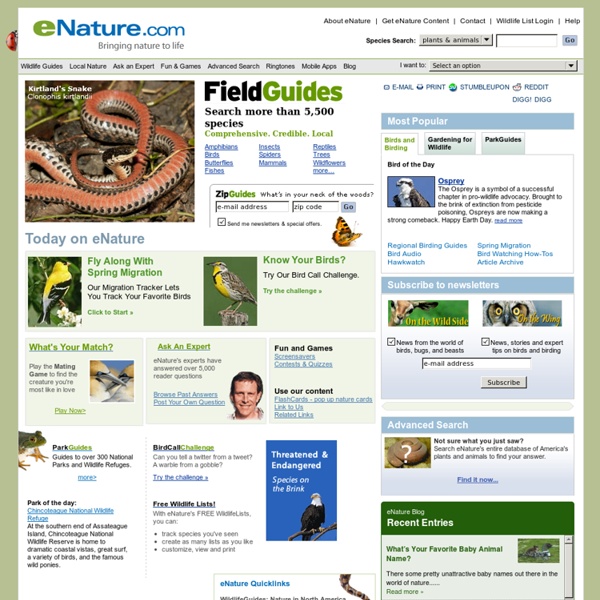



Emperor Penguin Emperor penguins spend their entire lives on Antarctic ice and in its waters. They survive—breeding, raising young, and eating—by relying on a number of clever adaptations. These flightless birds breed in the winter. After a courtship of several weeks, a female emperor penguin lays one single egg then leaves! Finally, after about two months, the females return from the sea, bringing food they regurgitate, or bring up, to feed the now hatched chicks. As the young penguins grow, adults leave them in groups of chicks called crèches while they leave to fish. STEM Mom 6 Wild Tricks of Earth's Complicated Atmosphere | Earth Science Dry, gusty Santa Ana winds fanned a four-day wildfire in Southern California in 2008, contributing to this tornadolike fire whirl that appeared near homes in Yorba Linda. Fire whirls arise when superheated air above a wildfire drives strong updrafts and downdrafts that get sheared by the wind, causing them to twist into a vortex that funnels flames upward. Fortunately, most of these infernal twisters die out quickly, although some—such as the “dragon twist” that ripped through Tokyo in 1923 in the aftermath of the Great Kanto Earthquake, killing 44,000 people—can grow lethally large. For more than a century, witnesses have reported nighttime sightings of brief, glowing tendrils, halos, and streaks around clouds. Scientists were skeptical until a group of researchers captured one on camera in 1989. As it turns out, weird glows—now known as transient luminous events, or TLEs—really do happen above thunderstorms.
Edheads - Activate Your Mind! Baker's B.Y.O.D.-- Bring Your Own Device, Dog, & Deconstruction of Literature Biology For Kids - KidsBiology.com The Forest Unseen: A Year’s Watch in Sewanee’s Forest | Guest Blog The western escarpment of the Cumberland Plateau, seen from Piney Point, Sewanee, TN. David Haskell observed one square meter of forest here. Specifically, this small patch of forest sits on the slope at the center of the photo, just around the ridge. (credit: David G. Haskell) Thoreau went to the woods to suck out all the marrow of life. I went to the forest seeking a new way to experience the natural world. So, I watched a small patch of leaves and jumbled rocks tucked in a notch on a wooded slope. The Forest Unseen, published by Viking/Penguin. On almost every visit, the forest surprised me with interesting creatures (scuttling shrews, waddling salamanders, peculiar mushrooms) or ecological interactions (bees covered in pink pollen, writhing parasitic worms, ants wrestling with caterpillars). The forest, I soon discovered, is ruled by a proletariat of tiny and seemingly obscure creatures. Lying down, I pressed my nose to the litter: fat, warm, truffly smells.
Explore the Blue - Discovery Education